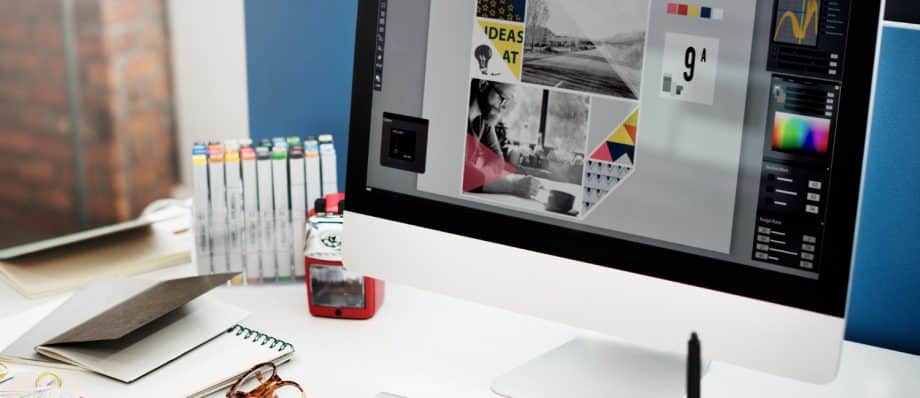From Concept to Creation: Understanding the Process of Graphic Design Services
Graphic design is a dynamic and creative field that plays a crucial role in shaping the visual identity of businesses, brands, and individuals. Whether it’s designing a logo, creating marketing materials, or developing a website layout, graphic designers are tasked with transforming ideas into visually compelling realities. However, behind every stunning design lies a structured process that guides designers from concept to creation. In this blog, we’ll delve into the intricate journey of graphic design services, exploring the key stages and methodologies involved.
Stage 1: Research and Discovery
The journey of a graphic design project begins with thorough research and discovery. This stage involves understanding the client’s objectives, target audience, and brand identity. Designers delve into market trends, competitor analysis, and industry standards to gain insights that will inform their creative direction. By conducting comprehensive research, designers lay the foundation for a strategic and effective design solution that resonates with the client’s vision and objectives.
Stage 2: Conceptualisation and Ideation
Armed with insights gathered from research, designers embark on the process of conceptualisation and ideation. This stage is characterised by brainstorming sessions, sketching ideas, and exploring different creative concepts. Designers aim to translate abstract ideas into tangible visual representations that communicate the desired message effectively. From typography choices to color schemes, every design element is carefully considered to evoke the intended emotions and responses from the audience.
Stage 3: Design Development
Once a concept is selected, designers move on to the design development phase. This involves translating rough sketches and ideas into refined digital prototypes. Using industry-standard design software such as Adobe Illustrator or Photoshop, designers meticulously craft visual elements, typography, and layout compositions. Iterative feedback loops between the designer and the client ensure that the design aligns with the client’s expectations and objectives. Designers leverage their creativity and technical skills to bring the concept to life while maintaining a cohesive visual identity.
Stage 4: Refinement and Revision
The refinement and revision stage is where the design undergoes scrutiny and fine-tuning. Designers solicit feedback from clients, stakeholders, and peers to identify areas for improvement. This feedback-driven approach allows designers to address any concerns or revisions promptly, ensuring that the final design meets the client’s expectations and objectives. Whether it’s adjusting colors, tweaking typography, or refining layout elements, designers strive for perfection while maintaining the integrity of the original concept.
Stage 5: Production and Implementation
With the design finalised and approved, it’s time for production and implementation. This stage involves preparing the design assets for various mediums and formats, whether it’s print materials, digital platforms, or multimedia presentations. Designers ensure that the design files are properly formatted, optimised for the intended output, and ready for distribution or publishing. Attention to detail is crucial during this stage to ensure that the final deliverables meet industry standards and specifications.
Stage 6: Evaluation and Feedback
The journey of a graphic design project doesn’t end with its implementation. The final stage involves evaluating the effectiveness of the design and gathering feedback from stakeholders and end-users. Designers analyse key performance metrics, such as engagement rates, conversion rates, and brand recognition, to assess the impact of the design on achieving the client’s objectives. By soliciting feedback from clients and end-users, designers gain valuable insights that can inform future design projects and improve their craft.
From concept to creation, the process of graphic design services is a multifaceted journey that requires creativity, strategic thinking, and technical expertise. By following a structured approach that encompasses research, conceptualisation, design development, refinement, production, and evaluation, designers can deliver visually compelling solutions that resonate with audiences and drive results. Understanding the intricacies of the design process empowers clients and stakeholders to collaborate effectively with designers, ensuring that their vision is brought to life in a meaningful and impactful way.
Article Sponsored by:

Email: support@abcservice.co.uk
Website: https://www.abcservice.co.uk



